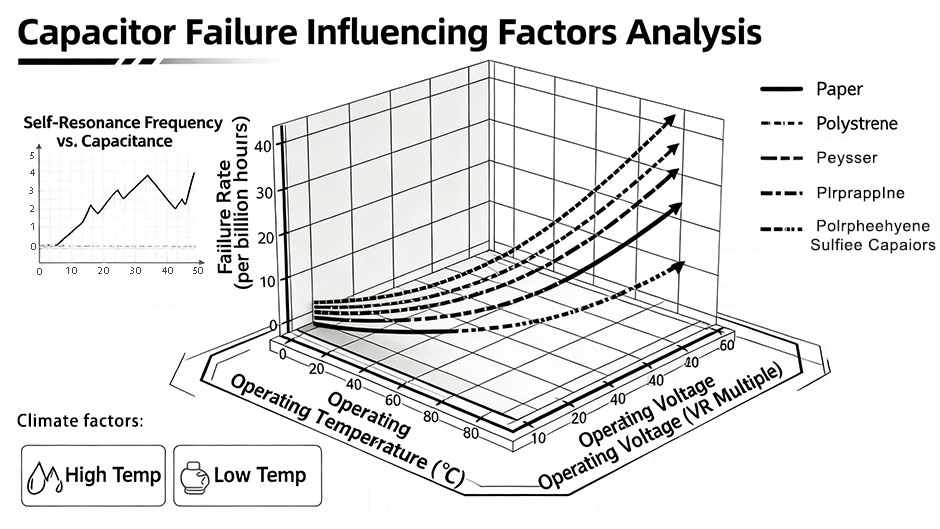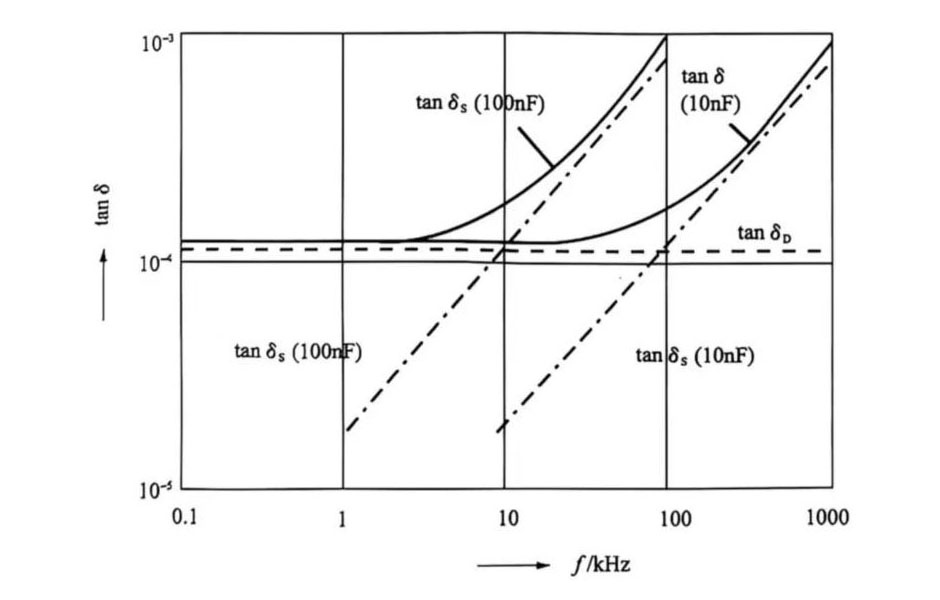Do you want to know what ceramic dielectric materials are available? And the basic characteristics of ceramic dielectric capacitors?
🌻Ceramic dielectric materials for ceramic capacitors are generally divided into three categories.
✨Class Ⅰ ceramic dielectric material, Class Ⅱ ceramic dielectric material, Class Ⅲ ceramic dielectric material, do you know the difference between them? How to choose a suitable ceramic medium? You can find the answer in the following article.
🌻Class I is an ultra-stable ceramic dielectric material. According to EIA standards, it is C0G and NP0, and the Chinese standard CC series and other types of ceramic dielectric materials (temperature coefficient of 0±30ppm/℃). This dielectric material is extremely stable, has an extremely low temperature coefficient, and does not appear to be aging. The loss factor is not affected by voltage, frequency, temperature and time. The dielectric coefficient can reach 400, and the dielectric strength is relatively high. This kind of dielectric material is very suitable for high frequency (especially high frequency power oscillation of industrial high frequency induction heating, high frequency wireless transmission and other applications), ultra high frequency and strict timing requirements for capacitance and stability, and the operation of oscillation circuit environment. The only disadvantage of this dielectric capacitor is that the capacitance cannot be made very large (due to its relatively small dielectric coefficient).

🌻Class Ⅱ is a stable ceramic dielectric material, such as EIA standard X7R, X5R and China standard CT series and other types of ceramic dielectric (temperature coefficient of ±15%). The dielectric coefficient of this dielectric material varies greatly with temperature, and it is not suitable for occasions that require high temperature coefficients such as timing and oscillation. However, because of its dielectric coefficient, it can be made very large (1200 ), so the capacitance can be made relatively large, which is suitable for coupling, bypass and filtering that require high working environment temperature (X7R: -55℃~+125℃).
🌻Class Ⅲ is available grade ceramic dielectric materials, such as EIA standard Z5U, Y5V and China standard CT series low-end product models and other ceramic dielectric materials (temperature coefficient is +22% of Z5U, -56% and +22% of Y5V, -82%). The dielectric coefficient of this dielectric material varies greatly with temperature, and it is not suitable for occasions that require high temperature coefficients such as timing and oscillation. But because its dielectric coefficient can be made very large (can reach 1000~12000), the capacitance can be made larger, which is suitable for coupling, bypass and filtering with general working environment temperature requirements (-25~+85℃) .
☀️Through the above introduction, I believe you have a certain understanding of ceramic dielectric materials. If you want to know more about ceramic capacitors, you can click on the link below to contact



